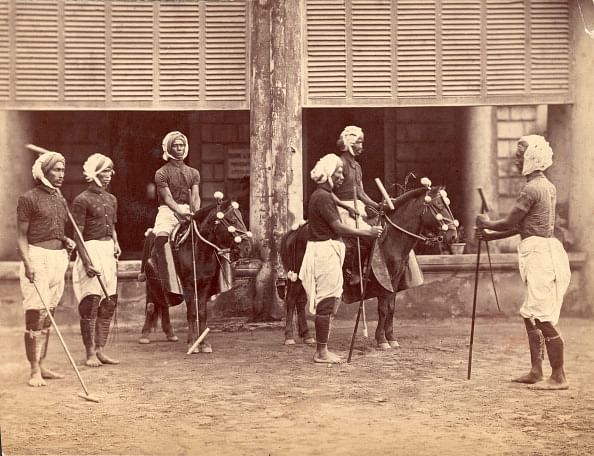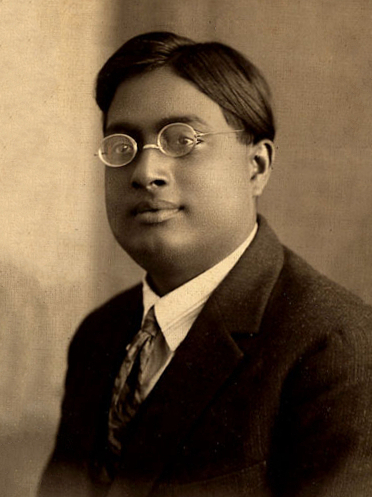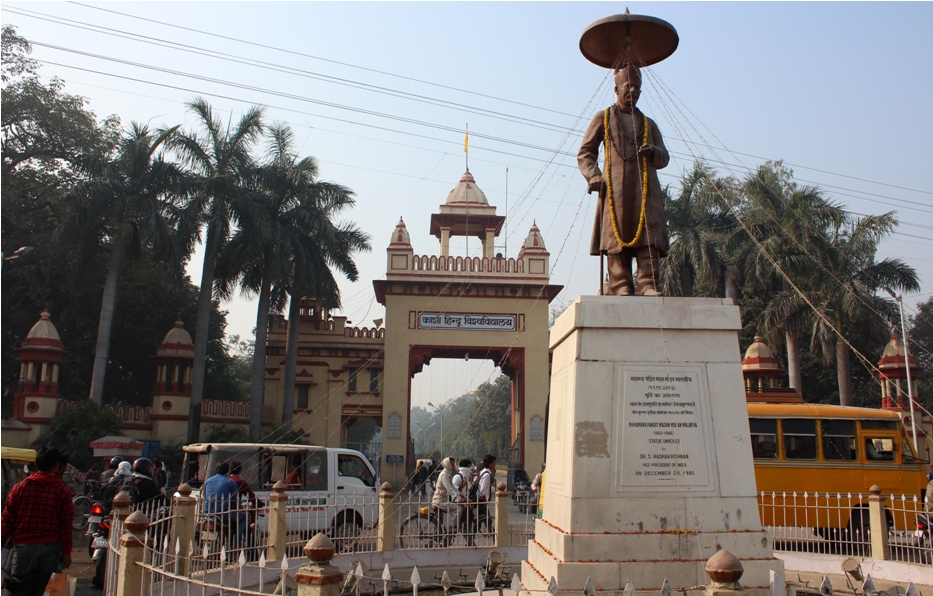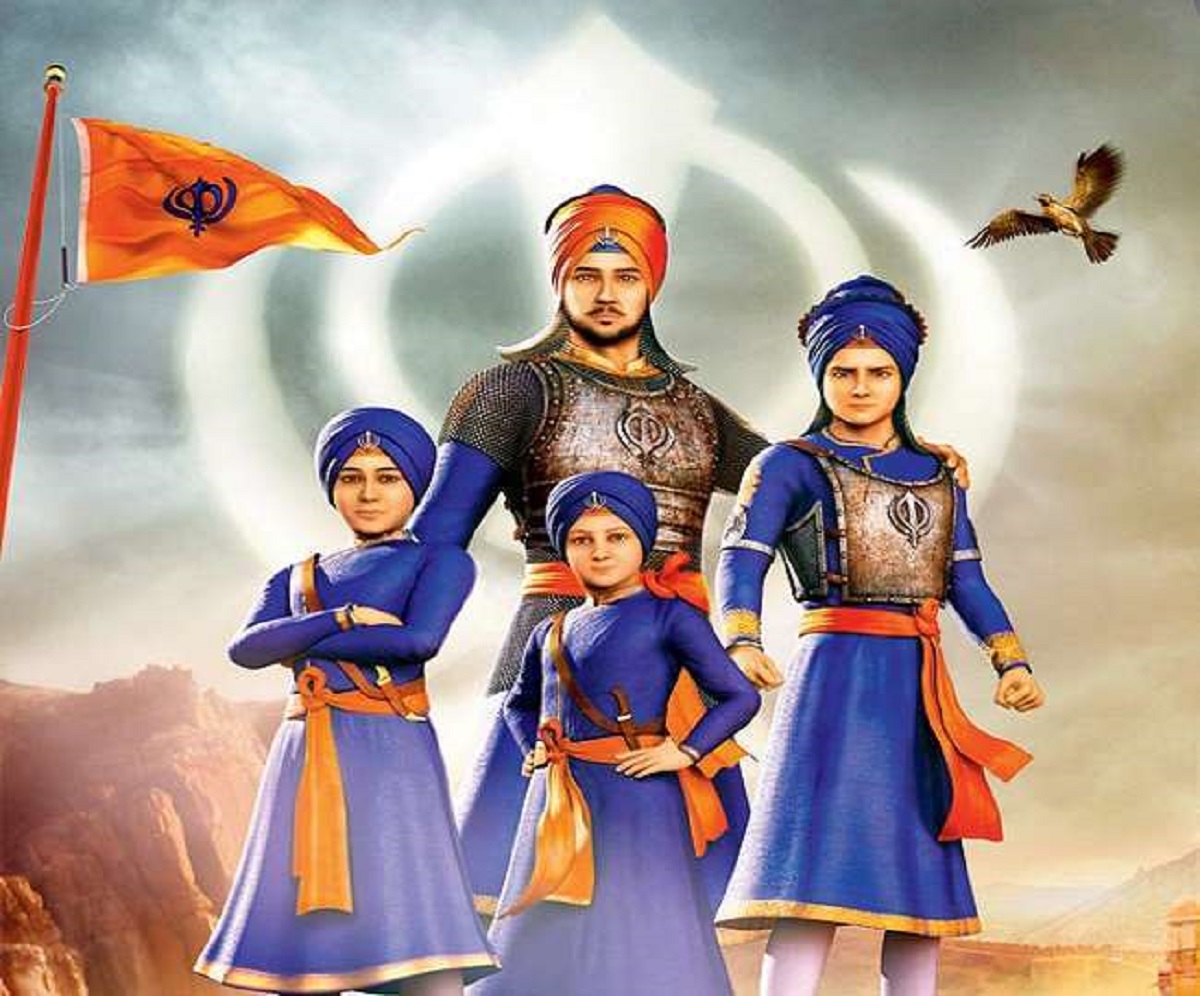While speaking at the World Ayurveda Congress 2022 (WAC) earlier this month, Prime Minister Narendra Modi praised the recent growth of traditional medicine (TM), particularly Ayurveda. Noting the lag in evidence despite considerable research, he gave a clarion call “to bring together medical data, research, and journals and verify claims (benefit) using modern science parameters”.
About World Ayurveda Congress (WAC)
- The World Ayurveda Congress (WAC) is a platform established by the World Ayurveda Foundation to spread Ayurveda in its true sense around the world.
- Platform for bringing together various stakeholders in medicine: The World Ayurveda Congress (WAC) is a forum for Ayurvedic practitioners, medicine manufacturers, enthusiasts, and academics to network.
- What is the mandate? The World Ayurveda Congress (WAC) & Arogya Expo tracks progress, initiates missions, and collects feedback.
World Ayurveda Congress (WAC), 2022
- 9th edition of WAC held at Panjim, Goa: The 9th edition of World Ayurveda Congress (WAC) & Arogya Expo was organized at PANJIM, GOA.
- Organized by the Ministry of AYSUSH on the basis of the whole-government approach (WGA): The WAC on the ‘Whole Government Approach’ (WGA) organised by the Ministry of AYUSH to foster and strengthen the research ecosystem for AYUSH systems.
- WSA: The WGA concept is consistent with the “Whole System Approach” (WSA). WSA entails the integrated and network participation of multiple stakeholders (including patients and the community) in order to achieve better solutions (treatment outcomes) in a difficult and complex situation. In the current context, IM is an important component of WSA.Participation: More than 40 countries and all Indian states actively participated in the event.
- PM’s vision: To transform the country’s healthcare system and create a healthy society, it is necessary to think holistically and integrate Traditional Medicine (TM) and modern medicine systems (MM).
World Ayurveda Foundation (WAF)
- WAF’s mission: WAF is a 2011 initiative founded by Vijnana Bharati aimed at global Ayurvedic propagation.
- Objective and fundamental principle: The core principles of WAF’s objectives are global scope, propagation, and encouragement of all scientific and Ayurvedic activities.
- Areas of Concentration: The broad latitudes of focus at WAF are research support, health-care programmes through camps, clinics, and sanatoriums, documentation, organisation of study groups, seminars, exhibitions, and knowledge initiatives to popularise Ayurveda in the far corners of the world.
Traditional Medicine
- According to WHO: The WHO describes traditional medicine as the total sum of the “knowledge, skills and practises indigenous and different cultures have used over time to maintain health and prevent, diagnose and treat physical and mental illness”.
- The culmination of several ancient practises: Its scope includes both ancient and modern practises such as acupuncture, ayurvedic medicine, and herbal mixtures.
- Traditional medicine is used by the following percentage of people: According to WHO estimates, traditional medicine is used by 80% of the world’s population.
Traditional medicine in India
- It is frequently defined as including practises and therapies such as Yoga, Ayurveda, and Siddha that have historically been part of Indian tradition, as well as others such as homoeopathy that have become part of Indian tradition over time.
- Ayurveda and yoga are widely practised throughout the country.
- The Siddha system is primarily practised in Tamil Nadu and Kerala.
- The Sowa-Rigpa System is primarily practised in Leh-Ladakh and other Himalayan regions such as Sikkim, Arunachal Pradesh, Darjeeling, Lahaul, and Spiti.
How can TM modalities (such as Ayurveda or homoeopathy) scientifically align with MM to produce better results?
- A newly established Department of IM in NIMHANS has continued to show remarkable success in treating difficult neurological diseases with a team of Ayurvedic and MM physicians and a carefully planned and monitored IM strategy.
- CRD initiatives: The Centre for Rheumatic Diseases (CRD) model of modern rheumatology includes critical elements of TM and Ayurveda, which have shown unequivocal evidence in CRD research projects.
- Based on other protocols, evaluate: Several controlled protocols-based evaluations of standardised Ayurvedic drugs and other TM modalities (such as diet, exercise, yoga, and counselling) in arthritis patients were completed, often in conjunction with MM.
- Long-term clinical improvement in patients with active Rheumatoid arthritis (RA): RA is a crippling lifelong autoimmune condition that is mostly seen in women and is widely acknowledged as difficult to treat. Over several years, supervised and monitored IM intervention (including Ayurvedic drugs) demonstrated consistently superior and sustained clinical improvement in patients with active RA.
Relationship between AYUSH and Modern medicines
- Ayurveda, Homeopathy, Unani, Siddha, and other TM are examples of AYUSH systems.
- AYUSH systems and MM appear to differ dramatically in several ways.
- Modern scientific research in Ayurveda frequently contradicts classical Ayurveda.
- Unlike MM, TM is based on a personalised approach. MM is primarily a reductionist.
- AYUSH’s ambitious futuristic TM and IM programme is well-intended and headed in the right direction.
@the end
TM and Ayurveda must adapt to the new world order, which has recently changed dramatically. It is reasonable to expect that MM and TM will continue to be used to treat a variety of medical disorders and altered health states in their current form. However, evidence-based medicine will be the new mantra. Furthermore, informed and empowered patients and people will continue to make sound decisions.
Source: https://www.thehindu.com/news/national/kerala/nmc-bats-for-integration-of-modern-medicine-with-ayush/article65918077.ece











